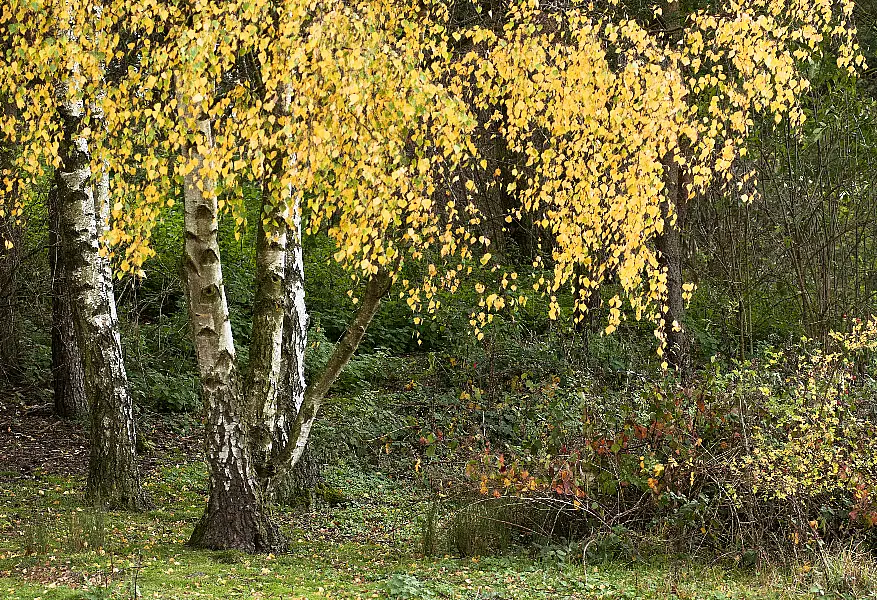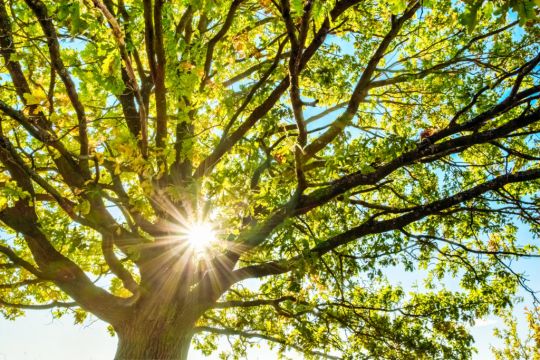An excellent buffer against climate change, trees are excellent at absorbing carbon emissions, while aiding rewilding efforts and providing sustenance for all manner of biodiversity.
The British and Irish governments have both made ambitious tree-planting pledges in recent years (including two million hectares of new woodland by 2050), but there’s no reason trees should be restricted to woodland.
These five native species will help you get in on the act, and should fit right in amongst other garden plants…
1. Hawthorn
View this post on InstagramAdvertisement
Also known as whitethorn, this prickly but attractive tree will colour your garden with pinkish-white blooms and rich, red berries (widely known as ‘haws’), while topping out at a manageable 6-8 metres. A well-tended hawthorn often yields a biodiversity bonanza, and can house more than 300 species of insect, while providing floral food for bees, rodents and many migrating birds.
In Ireland hawthorns were once considered ‘faerie trees’ – meeting places for otherworldly spirits – and the hills and fields are still punctuated by standalone hawthorns that farmers and lumberjacks left untouched.
2. Silver birch

An absolute classic of the garden tree canon, the silver birch is a slim, elegant tree that was a symbol of renewal and purity in Celtic mythology. One of western Europe’s most ancient plants, the silver birch is about as native as a plant can get, long loved by gardeners and landscapists for its pale, wispy complexion, and rapid growth that can top 40cm a year.
The tree can comfortably reach 15 or 20 metres, but its light, airy canopy barely obscures line of sight, and attracts birds ranging from the long-tailed tit to the woodpecker, making it an excellent option for even small-ish spaces.
3. Alder
An easy tree to grow, the alder is popular with novice gardeners because it rarely requires much management after planting, is relatively resistant to pests, can thrive in most soils, and doesn’t grow too tall. The rounded leaves are supplemented by dangling seeds that look halfway between pine cones and acorns. A tough, durable wood, alder is found in everything from kitchen cabinets to clogs, and was once a material of choice for medieval shields.
4. Blackthorn

Perhaps best known to some as a cider from Somerset, this small tree is perfect for smaller gardens and hedgerows, producing pure-white flowers in spring and purple-blue berries in summer – sloes, which you can pick and use to make sloe gin. Blackthorns max out at six or seven metres, and provide year-round interest, as well as handy nesting sites for garden birds. Long associated with magic and witchcraft, blackthorn wood was thought to ward off evil spirits, and is a common material for wands in the Harry Potter books.
5. Hazel

A bushy, deciduous tree, a hazel can take up more visual space than its more willowy peers, despite growing to an approachable 10 metres, or even less with pruning. Hazels have frequented British and Irish woodland since the last ice age, delighting humans and animals alike with their delicious hazelnuts.
Squirrels, jays, woodpeckers, voles and nuthatches all gorge themselves on the fallen seeds, as well as the outrageously adorable hazel dormouse.







